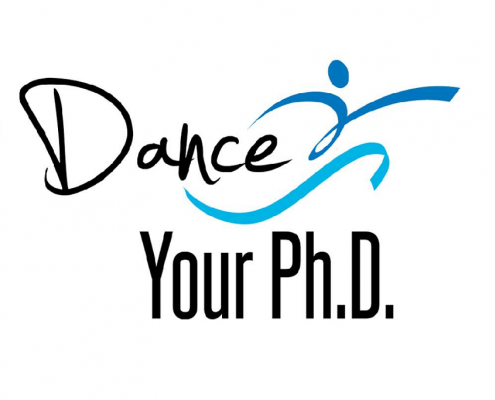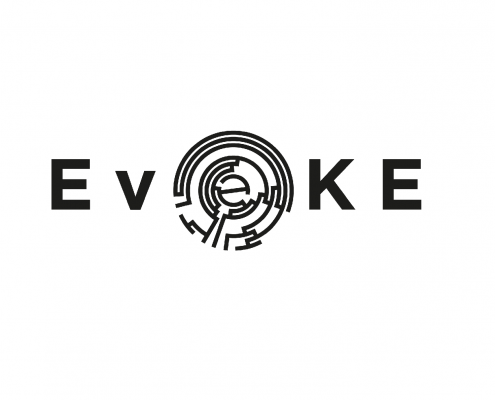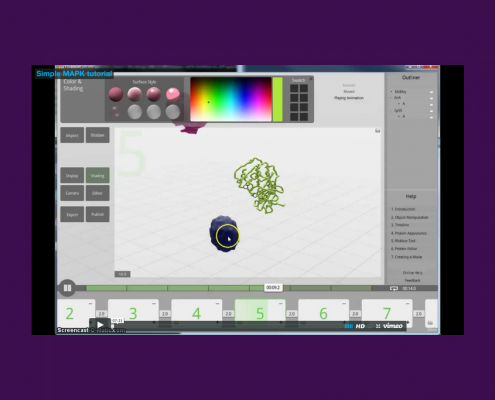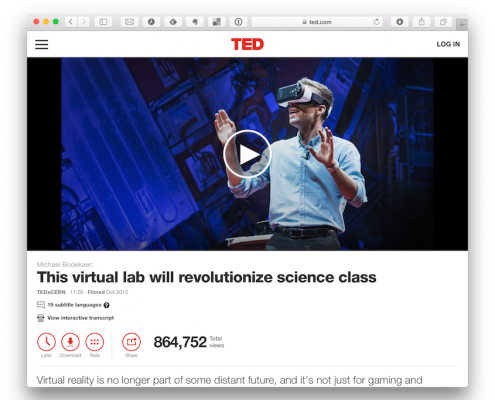Posts

A short guide to movie making
It's 2016 and visualising your idea through film is easier than ever. Unfortunately, with so many distractions engaging your audience is a lot harder than it was just a few years ago, and making them lend you 10 minutes of their time seems almost…

Music video about Amblypygids won Evolution Film Festival
”I’ve got eight legs and my name is super cool!” Matt Wilkins, postdoctoral fellow, and Tyler Corey, Ph.D. researcher – both from University of Nebraska – won a film festival prize for their music video about a spectacular order of…

Dance your PhD – 2016 edition open for registration
"Dance your PhD" contest is open for submissions until 30th of September 2016. In this annual dance competition, you need to explain your PhD research in a form of interpretive dance.
Nuclear fusion, water protection policies, sperm competition…

Slide design for dummies
What makes a clear and visually appealing presentation? Toon Verlinden from "The floor is yours" shows an extreme makeover of power point slides, demonstrating a few simple design tricks that work wonders.
This post has been originally…

EvoKE 2017 – bringing together stakeholders for public understanding of evolution
Registration opens for EvoKE 2017, a meeting which will bring together researchers, educators, policy makers, media and museum professionals to discuss the public understanding of evolution in Europe. The meeting will take place in Porto, Portugal…

A new way to visualize molecular models with Molecular Flipbook
Molecular Flipbook is a software tool which makes it simple to create and animate molecular models, primarily for molecular biologists. Crastina had a chat with the creator Dr. Janet Iwasa, University of Utah.
Dr. Janet Iwasa is a molecular…

Labster – enhancing science learning with VR and gamification
Under any definition, we think that laboratory simulations are a great way of bringing science closer to people. ‘Presence’ has been described as a crucial element for motivation and engagement, and simulations intrinsically enhance the aspect of “I feel that I am there”, especially if they are combined with virtual reality technologies. In the particular case of our simulations, even if they are specifically created as teaching tools, in addition to the immersive experience, they are built around real life stories and are meant to be engaging. With the gamification components they are also good tools for science communication at some level.

